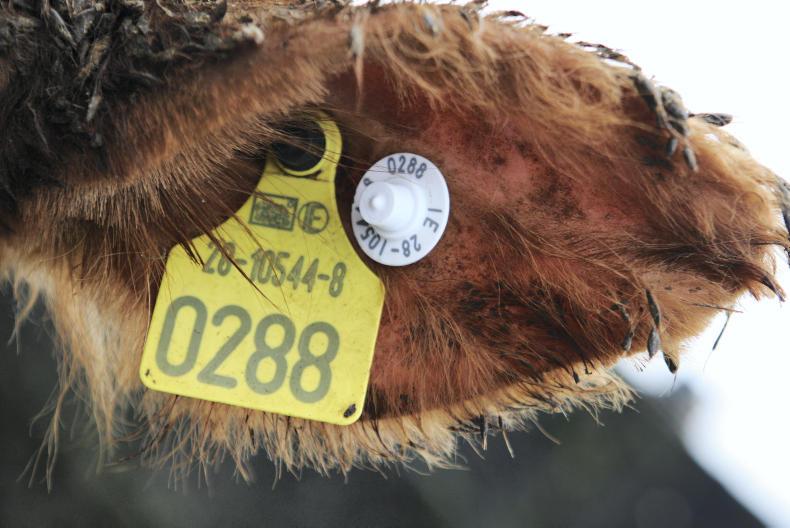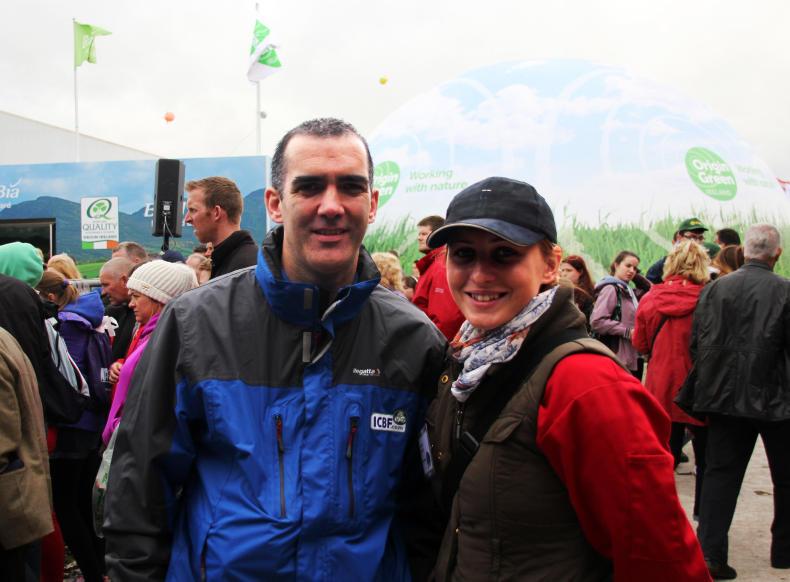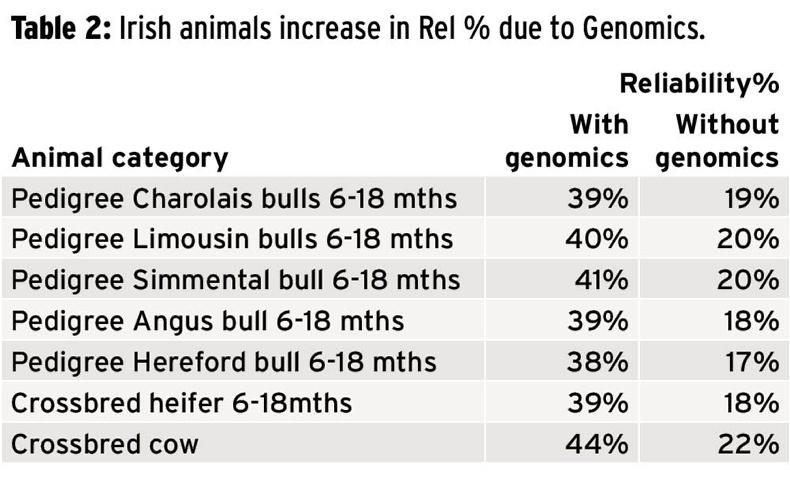The ICBF has just published official genomic evaluations on all beef animals that have been genotyped to date. Genotyping an animal is a process whereby its DNA (from tissue, hair, blood or semen) is analysed to find out extra information about how that animal is expected to breed for various traits.
Traditionally, a calf’s genetic merit (€uro-Star index) has always only ever been derived from its parents (parent average) and it then changes over time based on data recorded on that animal itself, its progeny or any of its relatives. So an animal’s €uro-Star index was always based on the merit of the genes that have been expressed and recorded, eg calving ease scores, liveweights etc.
The disadvantage with this approach, however, is that you have to wait until the calf and its relatives have expressed their genes (been weighed, had a calving etc) before that calf’s initial €uro-Star index will increase in reliability percentage. This can take a long time.
Reliability % increase
An animal having as reliable a €uro-Star index as possible at a young age is crucial so that a farmer can make the most accurate breeding decisions possible, such as which bull to buy at a sale or which replacement heifer to breed from.

Table 1 shows the number of progeny a bull would need to sire and have data recorded on in order to get the same lift in reliability percentage as genomics is now giving. Table 2 shows the average reliability % values for different categories of animals that were genotyped in Ireland so far, compared with those that weren’t.

Commercial example
The following is an example of how genomics will affect replacement heifer selection (Table 3). The first two heifers have been genotyped and their reliability figures have increased significantly. The third heifer has not been genotyped and her reliability is much lower. The €uro-Star indices of the two genotyped heifers will be much less likely to change than the index of the ungenotyped heifer as more performance data becomes available. Genomics will allow farmers to select replacement heifers with more confidence.

Pedigree bull example
Following is an example of how Genomics tells us more about a pedigree bull’s genetic makeup,before he ever sires a calf, ultimately giving him a more accurate €uro-Star index.
Western Lancelot is a pedigree Charolais bull that was born on 15 May 2015 in his breeder Joe Clancy’s pedigree Charolais herd in Gortreevagh, Oughterard, Co Galway. He is sired by Meillard and is out of a Major cow, Western Fatacha. In December 2015, Joe sent his DNA sample to the ICBF as part of the BDGP scheme in which he is participating. That DNA sample was then genotyped and the results have now been included in his €uro-Star evaluation.
The reliability percentage figures and index values of the Replacement and Terminal indices all increased.
An animal’s index figure and €uro-Stars may go up or down after genotyping, but this is no different to the fluctuations that an animal’s index can experience when new performance data is recorded on that animal or any of its relatives. When an index figure goes down, this is understandably frustrating for the breeder of this animal. Ultimately, however, we are left with a more accurate estimation of that animal’s genetic merit and this can only be a positive, both for the breeder and any potential purchasers of the animal.
Outcross genetics
Pedigree breeders will benefit greatly from genomics in terms of using outcross genetics. For example, when semen of a beef bull from another country is used here, his €uro-Star index will usually have a very low reliability percentage value (5%-15%) attached to it.
This means that as his calves are born and data is recorded on them through their lives, his index will fluctuate, reflecting this data. However, the index of a pedigree son of this AI sire will also then fluctuate, making it more difficult to market him. Genomics, however, will add 15%-20% to this AI sire’s reliability so a better picture of his genetic merit can be established before he ever sires a calf.
Parentage verification
A genotyped animal can also have its sire and dam confirmed. DNA verified parentage guarantees that an animal is getting the most accurate estimation possible of its genetic merit through its €uro-Star index. It will also help farmers to avoid accidentally inbreeding animals in future.
Breed verification
Genotyping will also confirm what the breed makeup of an animal is. Lots of farmers have their own breed preferences and crosses of breeds that they prefer. A good example of this was the five-star suckler cow that was at the livestock demonstration at the Ploughing. After she was genotyped, it was discovered that she had more breeds in her background than was previously thought.
Genetic diseases
An animal’s carrier status for a number of diseases and major genes (eg Myostatin) is also possible with genomics.
Scale of Genotyping in Ireland
It is expected that by the end of 2016, 850,000 animals will have been genotyped in Ireland. To put this number in perspective, the most number of beef animals that any other country using this technology will have genotyped is less than 20,000. Over the lifetime of the BDGP, it is expected that over 2m beef animals will have been genotyped in Ireland.






 This is a subscriber-only article
This is a subscriber-only article

















SHARING OPTIONS: